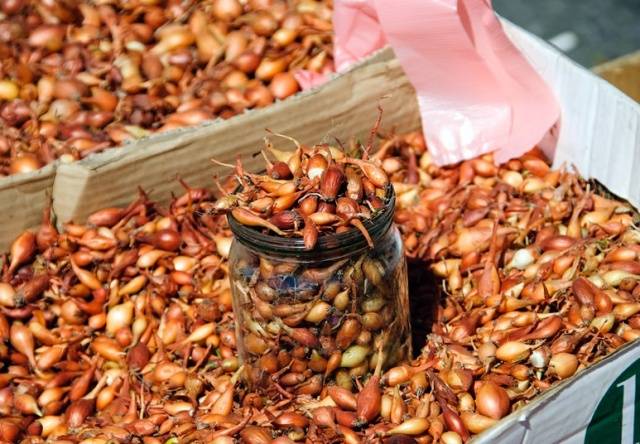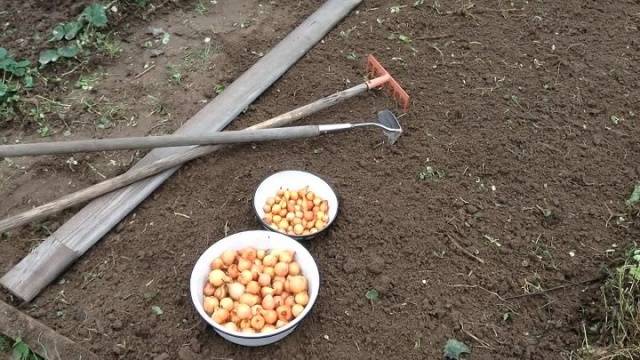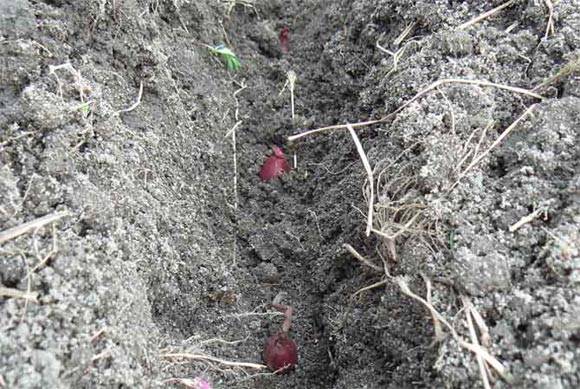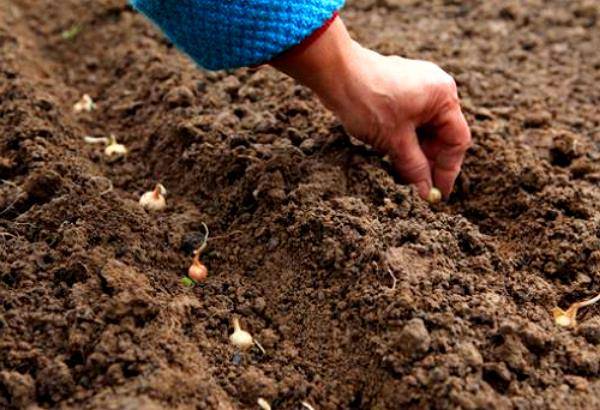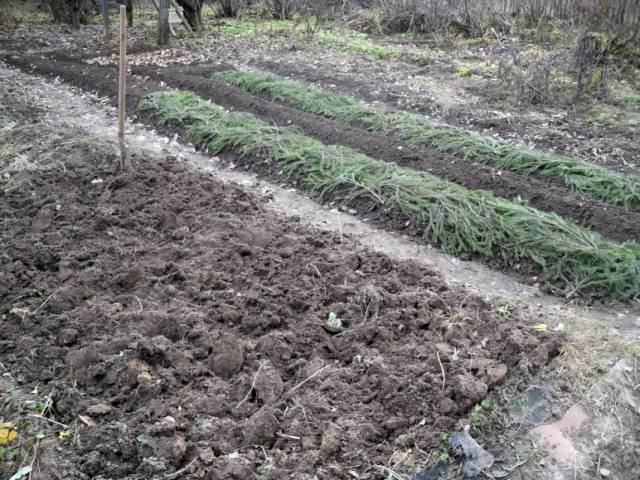Content
Today, many gardeners and gardeners, engaged in planting vegetables, are often guided by the state of the moon. The lunar calendar was long ago created by our ancestors through observations of seasonal changes and the influence of the heavenly body on the growth and development of plants.
Of course, the attitude towards this method is not unambiguous, but it probably does not hurt sometimes to see which numbers are the most favorable, for example, for planting onions before winter lunar calendar... How to use it, what to pay attention to, we will try to figure it out together.
A few words about onions
Onions have been cultivated since ancient times. It was then that people began to use the state of the moon to plant bows. Since then, the species and varietal diversity of this vegetable has expanded. Most often, preference is given to:
- onions;
- Bulgarian;
- slime;
- leek;
- branched;
- batun;
- chives and other varieties.
As you can see, there are many types of onions, and all of them occupy a strong place in personal and summer cottages. Moreover, the size of the beds can be different: some gardeners grow a spicy vegetable for their own needs, others for sale.
If you decide plant onions in the garden, you can use the lunar calendar. But first you need to find out which onion you will plant on the site. It is desirable to choose zoned winter onion varieties, depending on the climatic conditions of the region. The fact is that they are already designed for a certain ripening period, storage characteristics, the ability to resist diseases and pests.
Choosing onions for winter planting
Which variety is better
After you have figured out the days of planting the vegetable in the fall according to the lunar calendar, you need to decide on the choice of the variety. After all, not every bow is suitable for these purposes. Several varieties are considered the best varieties for winter plantings, but the most suitable are the sharp ones:
- Centurion;
- Stuttgarter;
- Strigunovsky and some others.
These varieties are, in fact, suitable for all regions. It is the zoned varieties that are winter-hardy, less affected by diseases and pests.
Sevka size
Going to plant onions in autumn before winter according to the lunar calendar, select the correct planting material. Depending on its size, you can get either early greens or a turnip in the spring.
By size, the sets of four groups are distinguished:
- onions up to 1.5 cm in diameter;
- sets up to 3 cm;
- bulbs are more than 3 cm;
- onions are less than one centimeter, they are also called wild oats.
Onions less than 1 cm and up to 1.5 cm are considered the most successful for planting before winter according to the lunar calendar to obtain an early full-fledged turnip. When planting, you need to adhere to a certain distance between the sets.
And you can plant the rest of the bulbs before winter to get early vitamin greens. In this case, the planting material is planted tightly in order to place as many green feathers as possible in the spring.
Determining the terms
Gardeners who have been using the lunar calendar for more than one year understand that the dates indicated, for example, last year, are not suitable for 2017. Let's take a look at the numbers:
- 2016 - September 30, October 3, 4, 13, November 24;
- 2017 - in October: 17, 23, 25, and in November - 2, 4, 11 and 15.
Although the difference in favorable days is small, it is still there. This means that the effect of the moon on plants will be different at the same dates in different years.
When to plant onions before winter in 2017, we found out. But what days of work it is better not to start:
- As a rule, experienced gardeners do not plant the crop during the full moon and new moon. It is believed that planted onions do not grow well, and, most importantly, the shelf life is sharply reduced.
- In addition, days should be swept aside, even if they coincide with auspicious according to the lunar calendar, with rain and wind.
Of course, one should not blindly follow the recommendations of the lunar calendar. Experienced gardeners planting onions before winter, are guided by the climatic features of their region, and the temperature in a particular fall.
Agrotechnical measures
So, you already know approximately what date you will go out into the garden to do the upcoming work. Now you need to decide on the necessary activities:
- preparation of beds;
- disinfection of planting material (you selected it in advance);
- sowing;
- further care of the onion.
Seat selection
You can grow high-quality and healthy onions (environmentally friendly) on beds prepared for sowing. Having chosen a number according to the lunar calendar, and focusing on the weather conditions, we begin to prepare a place for winter onions. First of all, we look at what crops grew on it this and last summer.
The fact is that among cultivated plants, onion varieties have friends and antagonists. In the second case, you can not count on a good harvest, despite the correct agrotechnical measures and taking into account the impact of the moon. Antagonists suck out all the necessary micro and macro elements from the topsoil, which are difficult to replenish even with mineral fertilizers before sowing onions.
So, with which cultures the onion is "friendly":
- with cucumbers, beets and carrots;
- rapeseed, mustard and radish;
- salads and strawberries;
- corn and all types of cabbage.
Planting onions in the fall before winter and in the spring after the following crops leads to empty work: you just bury the seedlings, money and your labor in the ground. Of course, green feathers will grow, but a full-fledged bulb is unlikely. You should not make beds in the place where they grew:
- parsley, potatoes and celery;
- alfalfa and red clover.
Some gardeners are interested in whether it is possible to plant winter onions before winter in the garden from which they removed the same crop that grew in the summer. The answer is unequivocal - in no case, even after a batun, slime or shallots. The ridges where garlic grew are not an exception. Even after disinfection, pests and spores of onion diseases can remain in the soil, which will ruin the future harvest.
So, the place for the ridges has been chosen, now you need them:
- Dig up, fertilize and spill. Abundant watering is not required, otherwise the onion will have time not only to take root, but also to release feathers, and this should not be allowed. For winter planting of onions, the ridges need to be raised to a height of about 20 cm from the soil level.
- In addition, the soil must be disinfected from diseases and pests. To do this, you can spill it with a thick solution of potassium permanganate or copper sulfate. You can sprinkle tobacco dust on the rows. In addition to the above activities, do not forget to add wood ash, which is rich in essential nutrients, to the onion beds.
- Since it is impossible to plant seedlings before winter on the day of digging, because the earth must "infuse" for at least two days, you need to know the date of work. Here again the lunar calendar will come to the rescue.
Cooking sevok
To get started preparing onions for sowing, you need to know exactly when to start working. Experienced gardeners are guided by the lunar calendar and the forecasts of weather forecasters.
In autumn, the planting material, unlike in spring, is not soaked for several hours in disinfecting compounds: in salt water, in potassium permanganate or a solution of tar (a tablespoon of the drug per 1 liter of water). We keep the set for no more than 5 minutes in each composition, then dry it thoroughly: the onion must go to the garden bed dry, otherwise it will have time to germinate before frost and die in winter.
It is clear that such work is carried out the day before landing. As you can see, it is necessary to know the date of work with the bow according to the lunar calendar (if you are guided by it) in advance.
Landing rules
When the bed is leveled, spilled and disinfected, you can start cutting the grooves to the desired depth. The future harvest depends on the depth and distance of the planted bulbs.
Furrow depth is very different in spring and autumn. When planting in spring, the bulbs are not sprinkled with a thick layer of earth, the tops should look out a little. But planting onions before winter, including according to the lunar calendar, involves a deepened furrow so that the seedlings do not freeze.
When sowing onions on a turnip before winter, rows are made in increments of 20-25 cm, and between sets of at least 6-10 cm. Everything will depend on the variety. Planting winter onions is carried out to a depth of about 5-6 cm. Otherwise, the planting material will freeze.
Having laid out the onions in rows, you need to sprinkle them with earth and lightly tamp the earth so that the seed will adhere to the ground. Watering the beds before winter after planting is not recommended.
When night temperatures begin to drop to -4-5 degrees, winter onion plantings are mulched with any available material.
Planting onions before winter:
Conclusion
The use of the data of the lunar calendar in practice gives a good result for planting onions before winter. Especially if the gardener is a beginner, it is difficult for him to navigate according to weather conditions, and knowing the approximate date of work in the fall helps to cope with his own insecurity and get a harvest of onions with minimal losses.
